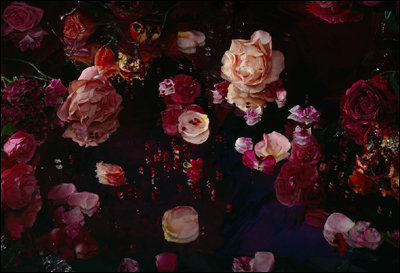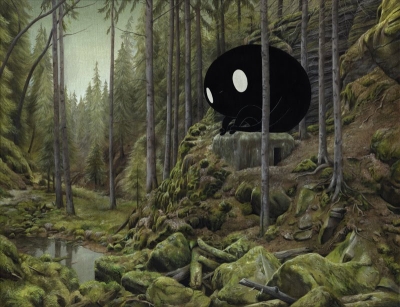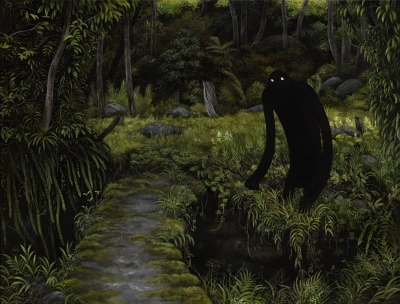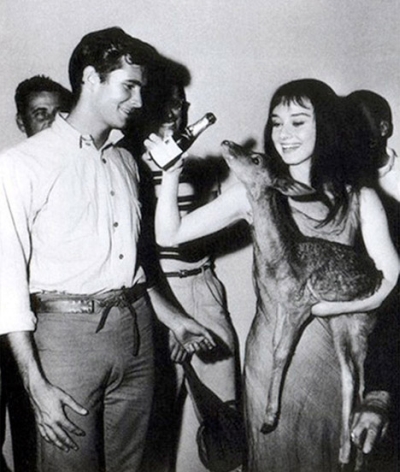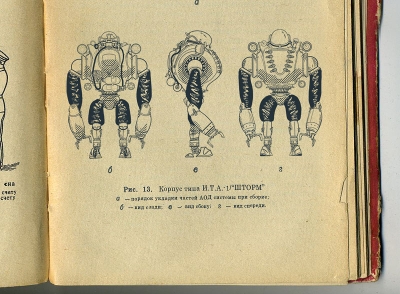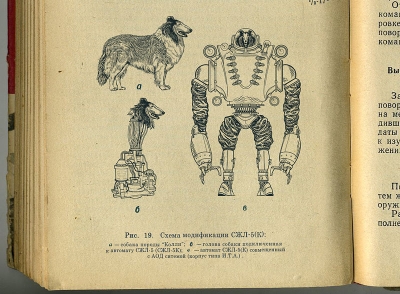Fundraising Push for “The Sea of Trees” by Joshua Zucker-Pluda
At long last, Coilhouse fave Joshua Zucker-Pluda is finishing up his film about Aokigahara Jukai (The Sea of Trees), Japan’s forest of suicides. Subsidized by grants from the New York Foundation of the Arts (NYFA), the NYSCA, and the Jerome Foundation, production on The Sea of Trees began two years ago. The footage is, like everything else Zucker-Pluda creates, haunting and beautiful.
Some background information from Zucker-Pluda on Aokigahara Jukai, and his film’s content:
When Mount Fuji erupted for the second time, in 864 A.D., lava streamed down its northeastern face and into the lake at its base. The area was transformed into a volcanic plateau and in the centuries that followed, evergreen and beech trees grew; their roots clawed the moss-covered rocks, siphoning nutrients and water. A fifteen-square-mile forest was formed: Aokigahara Jukai, the Sea of Trees. Today its trees are so numerous and densely packed that they block out the sunlight and wind. Their roots intertwine, forming gnarled nests of strands shooting in every direction. The foliage absorbs all sound. Walking through the forest, it is impossible to see the sky beyond the canopy or to determine one direction from another. The magnetic materials in the igneous rocks are said to render compasses useless.
The first recorded suicide in Aokigahara Jukai took place in 1340. A Buddhist monk named Shohkai installed himself in one of the forest’s caves in order to perform nyujoh, a fasting ritual meant to purify and, eventually, kill oneself. Other monks followed his example. The popularity of the Aokigahara Jukai as a place to die grew such that, in 1971, local officials and residents established annual patrols for bodies. In 1993, Wataru Tsurumi published The Complete Manual of Suicide, which suggests killing oneself in the forest and includes directions, hotel recommendations, a map, and advice on evading police and local residents. “Your body will not be found,” he writes. “You will become a missing person and slowly disappear from people’s memory.” The book sold millions of copies.
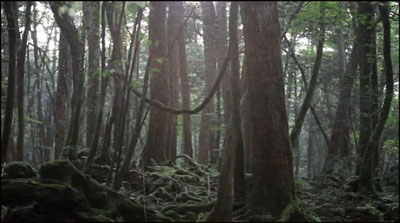
A still from The Sea of Trees.
They say that the spirits of the dead inhabit the trees, that wild dogs roam, that a dragon makes his den in one of the caverns. Abandoned backpacks, bottles, and cell phones sit on patches of lichen. Electrical tape snakes across the forest floor, marking the paths of those who meant to return to the outside. Glacial Apollo butterflies flutter between the branches. Thickets of disc-shaped mushrooms ring the trunks of alder trees. Bush warblers emit their indifferent song. The snow-capped peak of Mount Fuji, which has been dormant for three hundred years, looms above, invisible.
The Sea of Trees explores the Japanese forest where the spirits of suicides linger, silence reigns and compasses fail.
(Chills? Yeah. Me, too.)
Since Zucker-Pluda began his long, often challenging artist-on-a-shoestring journey into the Sea of Trees, other Aokigahara coverage has been completed and covered here. While informative and touching in narrative, that footage doesn’t begin to capture the sublime, often chilling beauty of Aokigahara Jukai. Meanwhile, JZ-P has an astounding eye for composition, pacing, mood. Since the early 00s, he has been consistently producing work in a variety mediums that is reminiscent of Herzog, Tarkovsky, Lynch.
This film is going to be something very rare and special.
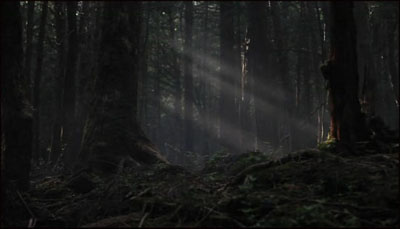
A still from The Sea of Trees.
Grant money can only go so far; now Zucker-Pluda needs to raise funds for post-production. Most immediately, he’s hoping to start work on translating all of the interviews from Japanese to English. And so, yet again, it’s indie crowd-sourcing to the rescue. (Gotta love Kickstarter.)
If, through the years, you’ve enjoyed Zucker-Pluda’s phenomenal Roadside Picnic Podcast (a new episode just went up, by the way!), here’s the perfect way to say thank you. He just needs a wee boost. To the Kickstarter, comrades.


